
White-Crowned Sparrow, first of spring
May 15th, 2009

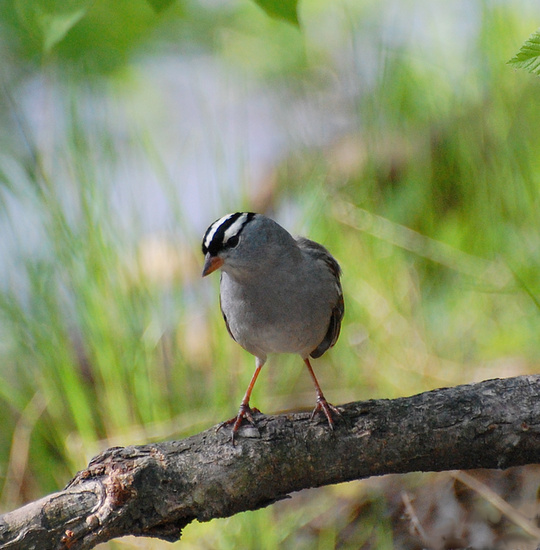
White-Crowned Sparrows are boreal breeders who appear in Ottawa only in migration--in fact, their summer range only just edges into northern Ontario. Like most birds of the far north, they have little fear of humans, hopping out onto open paths, rocky ledges and exposed branches right in front of us. Needless to say, this is pleasant for photographers!
And then sometimes mother nature gives you a big, wet kiss
May 14th, 2009
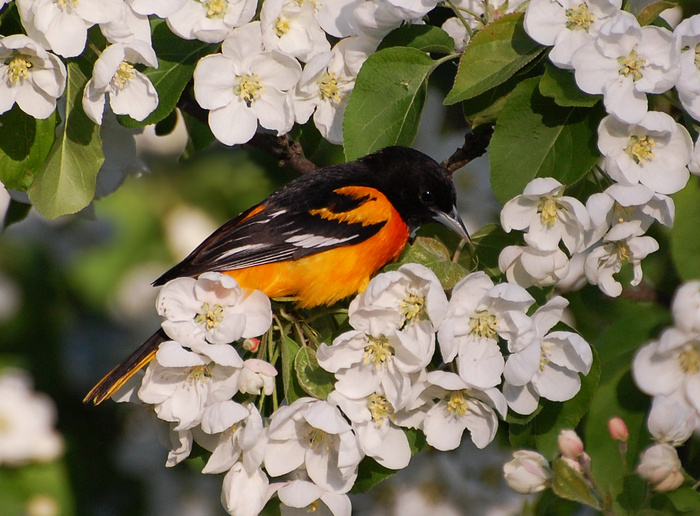
1680x1050 wallpaper

1680x1050 wallpaper

1680x1050 wallpaper
For real. A Baltimore Oriole, my sentimental favorite of all songbirds, landed in a flowering tree, posed, preened, and flopped around while I watched at eye level from a nearby hillside. Mother nature said "mwah!"
Meditative
May 13th, 2009
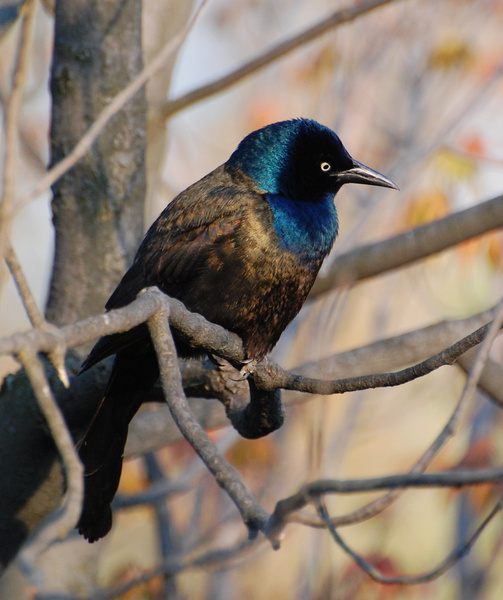
1680x1050 wallpaper
Common Grackle. Another one that came out surprisingly painting-like.
Woodland Blackbird
May 12th, 2009
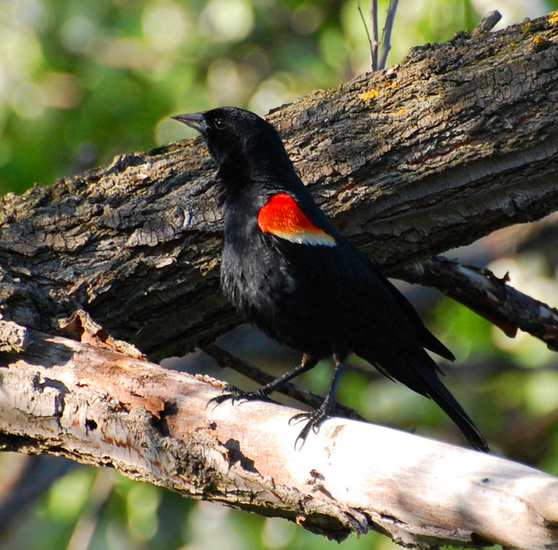
It's so nice to have leaves again, so my bokehs can be green instead of gray!
"The Ridge" at Britannia (a strip of elevated land between Mud Lake and the Deschenes Rapids) is a prime location for Red-Winged Blackbirds in spring. Females nest down on either side of it, and the males perch to sing and display their epaulets. As the season progresses they become more and more lackadaisical about the presence of humans--at least they certainly don't seem to feel intimidated by us. That makes them fun to photograph.
There probably are or soon will be nestling redwings, not that I'm likely to ever see any until they fledge. They'll stay safely hidden in the cattails for now.
Aviamania
May 4th, 2009
We've now entered the stage of bird migration known as "Yellow-Rumped Warblers take over the universe." Females and juveniles have arrived and flocks are everywhere, outnumbering even the chickadees. This one is, I think, a yearling male:
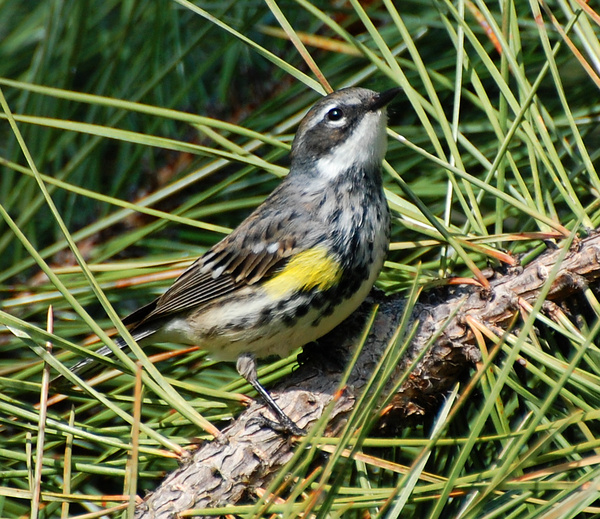
A Great Crested Flycatcher gave me a slightly less awkward view of himself (than last time). This is a common breeding bird at Mud Lake and many other places--and one of the noisiest! Its "crest" is really just a ruffling of the crown feathers and is not always apparent.

Not many new species today. There's more to come, but we're in a lull. I did see my first Barn Swallow of the year, and, belatedly, this:
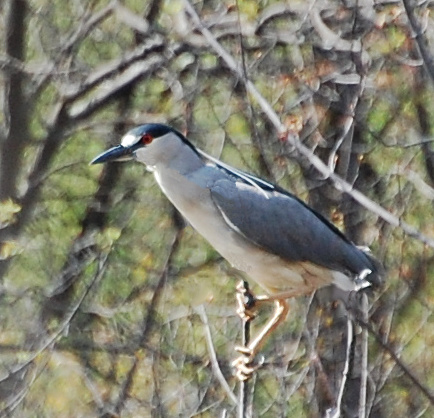
This picture sucks, owing to the fact that it was taken in a swampy tangle of woods from about a hundred feet away. But I give a large leeway for interesting birds that I've never managed to photograph before. This is a Black-Crowned Night Heron. Several pairs of them breed near Mud Lake each year. It's not obvious from the picture, but they stand about two feet high.
Painted Turtle
May 3rd, 2009

Palm Warbler
May 2nd, 2009
I spent about an hour trying to photograph this bashful Palm Warbler (first of spring). He eventually got somewhat used to me and came out of thick cover long enough for a few good shots.


Palm Warblers breed almost exclusively in black spruce bogs in the boreal forests of Canada. Their only known breeding location in Ottawa is Mer Bleue--which, as you know if you've been there, is an unusual psuedo-boreal habitat of a sort found nowhere else in our area.
In spring migration, though, Palm Warblers are a common sight all over Ottawa, usually hopping around in bushes and wagging their tails constantly. This one was near the Rideau river.
Black squirrel threeway!
May 1st, 2009
I'm...really not quite sure what was going on here.
Whatever it was, it went on for some time.



Color And Song
April 29th, 2009
Mud Lake is overflowing with color and song. First-of-spring sightings:
- Great Crested Flycatcher
- Gray Catbird
- Warbling Vireo
- More Ruby-Crowned Kinglets than you can shake a stick at.

Ruby-Crowned Kinglets are a tiny bit less hyperactive than Golden-Crowned Kinglets. The male's ruby crown is usually hidden. But when he gets excited (due to a territorial dispute with another kinglet, for instance), his crown feathers ruffle and the red appears, usually in a "blink and you miss it" moment. When I get a focus on one of them, I rapid-fire and hope I manage to capture that moment.
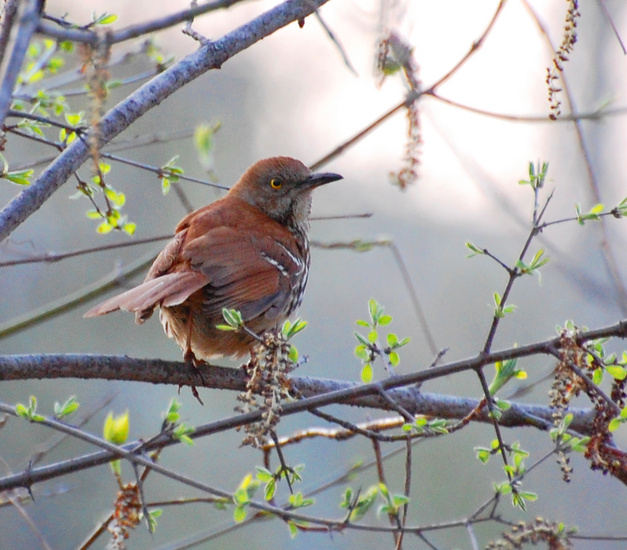
A Brown Thrasher in the early morning light. Along with mockingbirds and catbirds, thrashers are mimids. Their songs are intricate and variable, and they are capable of imitating other birds. Thrashers tend to be elusive when they're not singing.
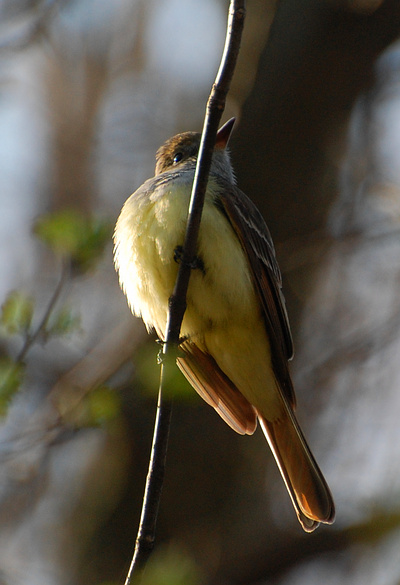
Like other flycatchers, the Great Crested Flycatcher will perch in the open, sally up to snatch the occasional flying insect, then drop back down. This bird is known for the odd habit of including a shed snakeskin in its nest lining. Naturalists theorize that it's a ruse for warding off predators.
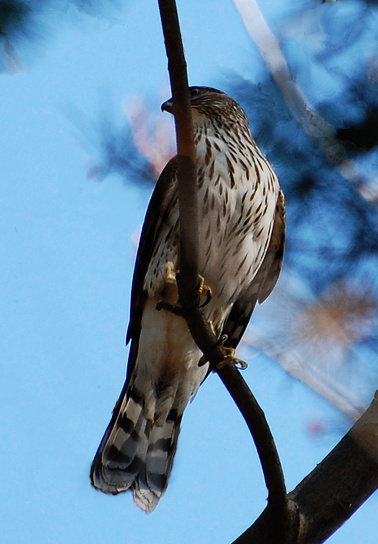
An ungodly racket of angry crows announced this final bird, a juvenile (first-year) female Cooper's Hawk. They chased her out of the woods and she ended up perching practically right above me, looking nervously back at the mob.
According to another birder who got there before me, she's mated to a mature male and they're likely planning to nest at Mud Lake. He also claimed that, when it all started, she was attempting to hunt one of the crows! I hadn't heard of a Cooper's Hawk (or indeed any hawk) being quite that ambitious before. Presumably she's learned her lesson.
River Angel
April 28th, 2009

1680x1050 wallpaper
Ring-Billed Gull on the Rideau rapids near Carleton.
|
